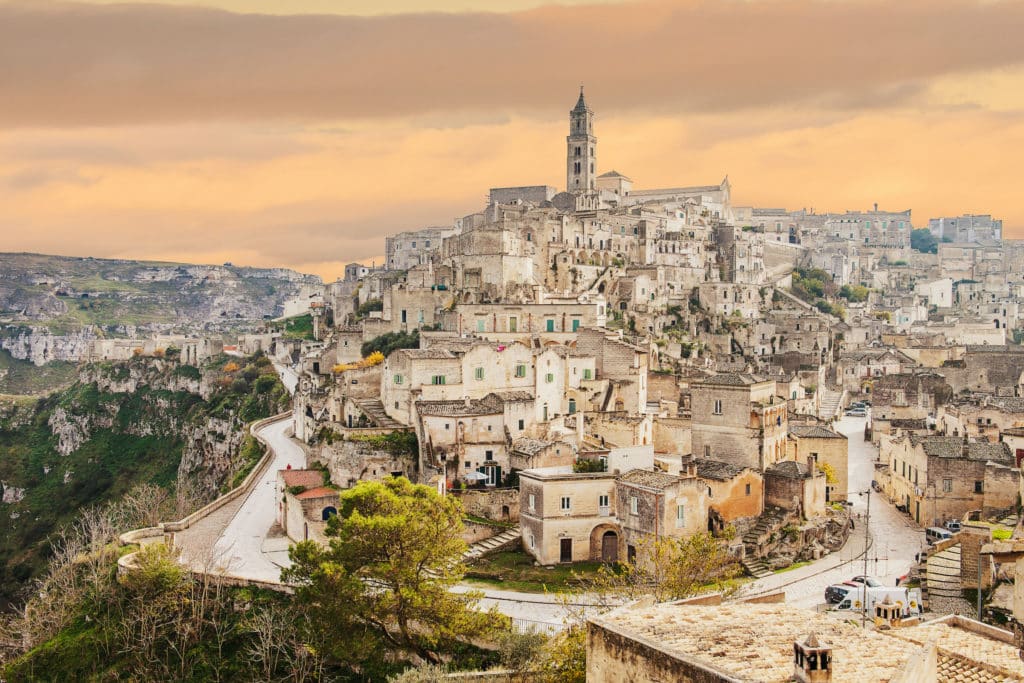Is it just us, or does wrapping your head around sustainable travel tips feel like a mind-numbing effort?
Between the lack of an official designation (the term isn’t regulated, like the way the Organic certification is), and a sea of similar-sounding terms like eco-tourism and regenerative travel, it makes sense that there’s a lot of confusion about sustainability and travel.
How To Define Sustainable Travel
Given all that, we came up with our definition of sustainable travel, inspired in part by the United Nations World Tourism Organization (UNWTO), including making travel choices that minimize or offset our impact on natural resources, respecting cultural practices in the local community of the places we visit, and working with local partners as much as possible.
We’re talking about sustainable travel tips as they relate to being super mindful of the impact our individual choices as food- and culture-loving tourists have on the environment and local cultures we visit.
Why Does Sustainable Travel Matter?
Sustainable travel can help preserve and protect the places and communities near and far that draw us to them for myriad reasons.
Beyond environmental impacts, practices like booking local accommodations and working with local guides keep more dollars within the community and help to preserve traditions.
And spending time in more under-the-radar cities and smaller towns can mean a more dynamic travel experience for you and less strain on touristed cities.

What Are The Top Sustainable Travel Tips?
First, we’ll get a little philosophical, then we’ll offer some tips on eco-friendlier transportation, travel pacing, and more. Here are the top eight sustainable travel tips you need to know to green your next trip.
There is no one-size-fits-all to sustainable travel.
First, it’s helpful to acknowledge that sustainable tourism can mean different things to different people. For example, travelers keen on supporting and preserving traditional arts and crafts might be hyper-focused on sourcing locally and responsibly made souvenirs. While others may hone in on economic equity or even the environmental impacts.
At Salt & Wind Travel, for example, our goal is to positively impact the local economies by promoting sustainable wine, food, and travel to our most-loved places, including California, Mexico, Italy, Hawaii, and more.
That isn’t to say that you can’t care about multiple things. The point is that sustainable travel is a complex and nuanced topic that will continue to evolve based on multiple factors, including some of the ones below.
Fly Direct Whenever Possible
Regarding sustainable travel tips, a top issue to weigh is sustainable transportation. Public transport is generally greener than driving, but the truth is flying is sometimes unavoidable.
And although air travel uses a lot of fossil fuels and produces greenhouse gasses like other fuel-reliant transportation options, it’s possible to make better choices in this area. Like flying non-stop where possible.
Direct flight patterns from Los Angeles to Oaxaca or West Coast to Barcelona are just a few examples. Or consider booking flights with airlines trying to make flying an eco-friendlier experience.
For example, Delta is currently working toward a more fuel-efficient airplane fleet and is investing in alternative fuels, like hydrogen. United Airlines has pledged to go 100 percent green by 2050.
Choose The Most Environmentally Friendly Transport
On land, consider human-powered modes of transport, like taking a bike, a scooter, or simply walking. Europe, in particular, has intense biking and walking cultures, which we love, so you’ll fit right in by doing so!
And, where it makes sense in your travel itinerary, using public transportation like the metro or subway cuts down on carbon emissions (aka a harmful greenhouse gas) compared to going by private vehicle. Plus, it’s a great way to immerse yourself in the local culture.
Or if you are going by car, like making a classic road trip up the California coast, depending on how many people are going, try to reduce the number of vehicles involved.

Travel Slower, Deeper
Speaking of being mindful of harmful emissions, one of the top sustainable travel tips we share with our travel planning clients is to avoid places suffering from overtourism, like Venice, Italy. Instead, go to lesser-known towns where the locals are keen to support tourism and are in need of visitors.
Additionally, plan to spend more time in fewer destinations. Doing this versus hopping around every few days reduces your carbon footprint compared to flying or driving between destinations—aka slow travel.
In a way, traveling slower also offers opportunities to be more spontaneous if that’s your thing. For example, suppose you knew you had ample time. In that case, you might be more inclined to stop at that farmer’s market you stumbled across in one of our specialty destinations or to return to that regional textile shop that caught your eye in Oaxaca.
Get to Know These Eco-Friendly Certifications
If you’re wondering how eco-friendly your hotel is, one of our sustainable travel tips is to check whether a hotel is certified by a reputable organization can be a sort of travel hack.
A few well-known certifications to look out for include:
LEED: Standing for “Leadership in Energy and Environmental Design,” a building was designed and developed in a sustainable, energy-efficient way, from the materials used in construction to indoor air quality.
B Corp: Another certification to look out for is B Corp certification, which means the people, place, and environment involved are considered not only from an environmental and social impact perspective.
Of course, there are more certifications, so hotels with an accredited certification are a good indicator that these businesses are walking the (green) walk, as they say.
Greening Your Packing Routine
As far as greening your packing situation, we aim to follow sustainable travel tips such as:
Use Reef-Friendly Sunscreen
Once we have all of the heart eyes emojis for sun-dappled locales, we pack a sunscreen that reduces damage to natural aquatic environments.
Studies have shown that some ingredients in chemical-based sunscreens, like oxybenzone and octinoxate, harm marine life, including coral reefs. Those chemicals are harmful enough that Hawaii even banned the sale of sunscreens containing these two ingredients in 2021.
And while mineral-based sunscreens might be a better option, science is still slim on whether it’s safer for the environment. The best thing to do now is to avoid sunscreens made without oxybenzone, octinoxate, and other chemicals. And, a reminder that it is now banned in the Aloha state, so heed that when you decide what to pack for Hawaii.
Pack Eco-Friendly Toiletries
Additional packing tips that help us reduce (or even eliminate) the need for single-use plastic bags and plastic bottles are 1) opting for reusable containers we fill with essentials like shampoo and conditioner rather than constantly buying new containers 2) bringing along a few extra totes for farmers market finds and to hold our souvenirs and 3) to use a reusable water bottle and refilling it with filtered tap water while we’re out and about.
All that said, these sustainable travel tips are just some of the many ways to think about how our choices can make travel an eco-friendlier and more sustainable experience.

Opt For Buying Local
One of the primary sustainable travel tips we emphasize during our group trips to Mexico and Italy is to buy local. Keep dollars within the communities you’re visiting and therefore support local businesses by buying local or seeking out locally sourced items—from products to produce—whenever possible.
A further way to do this is to try and buy as many locally made artisan goods as possible when shopping to help support local customs and traditions with your dollars.
And Work With a Local Guide
Similarly, working with a local tour guide is another way to participate in sustainable tourism by supporting the local economy.
We feel particularly strongly about this because we work in destinations — such as Hawaii and Mexico — where there are complex cultural issues, including sacred landmarks, customs that should be respected, and more. By working with a local, you’ll learn about these and help to be part of the solution rather than exacerbate any existing tensions.
Have Us Plan Your Trip
Okay, there you have it with our top sustainable travel tips. Looking to travel soon? Whether you’re looking for custom travel planning or a small group trip, the Salt & Wind team is here to help. Contact us today to learn more.
Photo Credit: Train on viaduct by Enzojz; Hand weaving by Eduardo Rgz